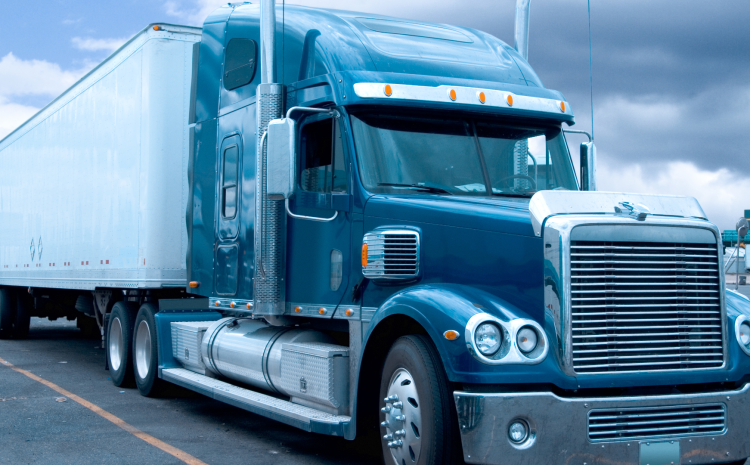
How To Value and Sell Your Trucking Company
Valuation is always a topic of great interest to transportation company owners. Companies today have made the difficult decisions necessary to operate successfully through the Great Recession. While demand has increased in recent years, challenges persist due to regulation, driver demand and fluctuating fuel costs. How has the company’s value been impacted by the challenges faced today? And most importantly to business owners: how to build a higher value for my business?
Buyers and sellers of trucking companies must consider a long list of factors when determining value. Some of these factors take into account the financial condition of the company – think of these as the “quantitative” factors. But several important factors that affect value (such as driver quality, customer relationships and management experience) cannot easily be measured. These “qualitative” factors often separate the most valuable companies from the pack.
Three general methods of valuation are most commonly used to translate these quantitative and qualitative factors into a dollar value:
1. Income Method: Buyers need to estimate the future cash flow that can be generated by a trucking company. Understanding the company’s historical cash flow performance provides the basis for developing a meaningful forecast. Is it possible to have a perfect ‘crystal ball’ when forecasting? Of course not. But analyzing the potential cash flow capacity of the company can help buyers (and sellers) understand the opportunities and risks ahead.
2. Market Method: The value of publicly traded transportation companies is determined every day in the stock market. Real-time information from our capital markets also has an impact on the value of smaller, privately held trucking companies. These stock market valuations are not perfect guides for the value of privately held companies, however, due to the larger size and diversified operations of public companies. Likewise, the data on transactions prices for trucking companies can provide a guidepost for “valuation multiples.” These multiples may be calculated based on a number of factors (such as revenues, earnings, cash flow or book value).Transactions occur at a broad range of valuation multiples, however – so proceed with caution at using a valuation multiple as anything more than an approximate indication of value. Trucking industry multiples tend to range from 2.90x up to 5.49x.
3. Asset Method: Do not forget the most fundamental way of looking at the company’s value: the net value of assets minus liabilities. When looking at value in this manner, be sure to consider the market value of transportation equipment. Owners desire to sell their companies for a value higher than this Adjusted Book Value when possible. The value premium paid for a company above this asset value is commonly referred to as “Intangible Value,” or “Goodwill.”
Value Drivers: How Does an Owner Grow Company Value?
Positive Cash Flow: Profits are good, but cash flow pays the bills. Efficient operations will convert net income (as shown on the P&L statement) to cash flow. Converting receivables to cash, and efficiently managing the level of capital equipment, are keys to positive cash flow.
Develop Tangible and Intangible Assets: While it is easy to focus on tangible assets such as cash, working capital and equipment, the development of intangible assets cannot be overlooked. Any acquirer of the company will care about issues such as driver quality, customer relationships, FMCSA/DOT safety scores and the ‘know-how’ that comes from an experienced management team.
Manage Debt: The valuation ‘multiples’ discussed in this article relate to the “debt-free” value of a business. Trucking companies often must use financing to purchase equipment, and in today’s low-interest rate environment, the cost of capital for this debt financing can be attractive. But beware of using too much debt to finance the company. A balance between debt and equity must be maintained for a healthy balance sheet.






